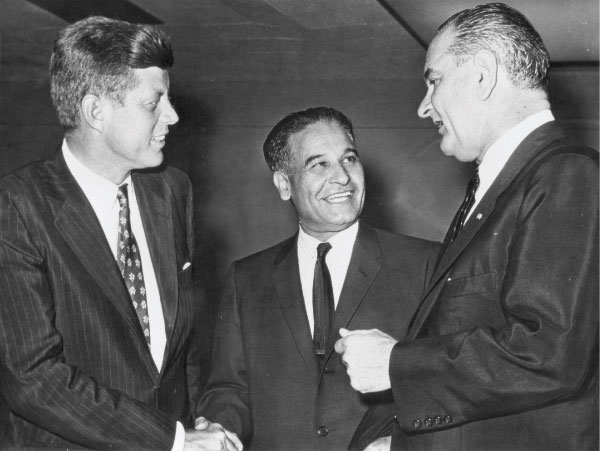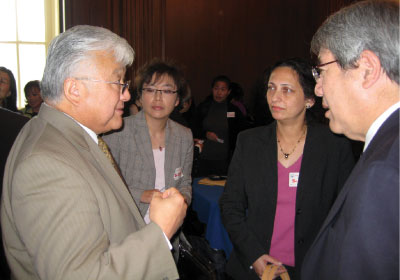|
|
|
ADVERTISEMENTS
|
|
|
TechDesi.com
A Desi Tech's Blog
PREMIUM
- The Siliconeer Mobile App is Here
- Siliconeer June 2013 Cover
- Avex Funding: Home Loans
- Incredible India: Visit Kerala
- Wells Fargo Bank: Tell
- Wells Fargo Bank: Financial Planning
- Brigade Group: Golden Triangle Bangalore Real Estate: Legion Real Estate
- Brigade Group: Golden Triangle Bangalore Real Estate: Legion Real Estate
- Dadi Pariwar USA Foundation
- SFR: Buying, Sellling Real Estate in Fremont, SF Bay Area, CA - Happy Living 4U - Realtor Ashok K. Gupta
- TechDESI-New Desi-Blog
- Bhindi Jewellers
- Sunnyvale Hindu Temple Chanchal Jagraata - Tuesday, June 4, 2013
- Law Offices of Mathew & George: Los Angeles: Personal Injury Experts
- Shivas Restaurant, Mountain View
- What's Your Story: Become a Fiction writer in Siliconeer
- ICBS: Tax Services for India and U.S.
- New India Bazar: Groceries: Father's Day Specials
- California Temple Schedules
- Ajit Dhanjani - Affordable Insurance - Life | Health and more in San Diego, Calif.
- Taste of India - Fremont
- MILAN Indian Cuisine, Milan Sweet Center, Milpitas
- Radhe Chaat, Santa Clara
- Indian Holiday Options: Summer Vacations in India
- Rashmi Bajoria, DDS: San Jose - Get FREE Electric Toothbrush
- Park Balluchi, Mountain View - Opening Soon!
- OneVision: Surveillance Systems, Camera, Security and more
- Red Kwali Malaysian, Thai and Singapore Cuisine, Milpitas
DISPLAY
CLASSIFIEDS
MULTIMEDIA VIDEO
|
|
|
|
|
|
HERITAGE:
Honoring Saund: Portrait in Capitol
Dalip Singh Saund, the first Asian American elected to Congress, was a passionate advocate for the full and equal rights of his fellow Indian Americans while also being a successful legislator, elected three times by the people, said Rep. Mike Honda, D-Calif., as he celebrated the unveiling of an official portrait of Saund in the U.S. Capitol. A Siliconeer report

(Above): Dalip Singh Saund, the first Asian American elected to Congress, flanked by President John F. Kennedy (l) and Vice President Lyndon B. Johnson. An official portrait of Saund has been unveiled in the U.S. Capitol.
The Congressional Asian Pacific American Caucus, along with the House Fine Arts Board, the Committee on House Administration, and the Congressional Caucus on India and Indian Americans celebrated Nov. 7 the unveiling of the official portrait of the late Congressman Dalip Singh Saund, the first Asian American to serve in the United States Congress. The following is the text of the speech of Rep. Mike Honda, D-Calif., chair of CAPAC, as prepared for delivery:
“Today, we are making history by inducting the portrait of Congressman Dalip Singh Saund, the first Asian American member of Congress, into the Capitol. I am honored to be here with the family and friends of the Honorable Dalip Singh Saund, the portrait artist, Jon Friedman, and our distinguished members of Congress. I want to thank the Speaker, my colleagues from the Congressional Asian Pacific American Caucus, the Congressional Caucus on India and Indian Americans, and the House Administration Committee for working to put this momentous occasion together.
“Saund’s life and career was about making possibilities. This trailblazing Congressman was a passionate advocate for the full and equal rights of his fellow Indian Americans while also being a successful legislator, elected three times by the people of his rural district. Although Saund’s district had almost no Asian Americans, he never once believed that he had to make a choice between representing his constituents or his community. Saund knew that they indeed come hand in hand.

(Right): Congressional Asian Pacific American Caucus chair Mike Honda, D-Calif., (l) seen here with Asian American Pacific Islander school board members and education advocates. He recently celebrated the unveiling of an official portrait of Rep. Dalip Singh Saund, the first Asian American elected to the U.S. Congress, in the U.S. Capitol.
“Saund entered the society of the early ’20s — a time when anti-immigrant bills were pouring out of state and federal legislatures at a furious pace. During this time, the law noted that Asian Indians could not be U.S. Citizens and his American wife lost her citizenship when she married him. In the ’40s, Saund formed the Indian Association of America to help amend American immigration laws to make Asian Indians eligible for citizenship. His efforts paid off when President Harry S. Truman signed the Luce-Cellar Act in 1946, which permitted citizenship to Asian Indians.
“Saund’s legacy lives because even as he represented his constituents, he never forgot that he was also a voice for his culture and the South Asian community. Because of his consciousness and advocacy on behalf of the Asian American community, he broke down barriers through the Luce-Cellar Act, and provided the way for the millions of future Asian Americans to participate politically as citizens in this country. Because of his consciousness, he understood that political office offers a unique opportunity to reach out to and engage the Asian American community in a national dialogue.
“We live in a country that prides itself on embracing diversity and our ethnic heritage. Yet our history shows that this hasn’t always been the case. We have seen our limited English proficient immigrant communities left behind in the aftermath of Hurricane Katrina due to poor access to disaster relief services. We have seen our Sikh community racially targeted in the aftermath of 9/11. We have seen our communities fall behind with a lack of quality healthcare and education.
“Although our country has made big strides in embracing diversity, we see that there is much work that still needs to be done. And that is why we need policymakers from our ethnic communities to represent our diverse voices. Saund did just that. Today, Saund continues to inspire South Asian elected officials who are committed to representing both their constituents and their community. These include Kumar Barve who is the current Majority Leader of the Maryland House of Delegates, Satveer Chaudhary who is the state Senator in Minnesota, and Upendra Chivukula who is the first Indian American elected to the New Jersey state legislature.
“Today, we honor Congressman Dalip Singh Saund as we celebrate his portrait in the United States Capitol and remember the legacy of this American pioneer.”
The Congressional Asian Pacific American Caucus is comprised of members of Congress of Asian and Pacific Islander descent and members who have a strong dedication to promoting the well-being of the Asian American and Pacific Islander community.
|
|
|
|
|